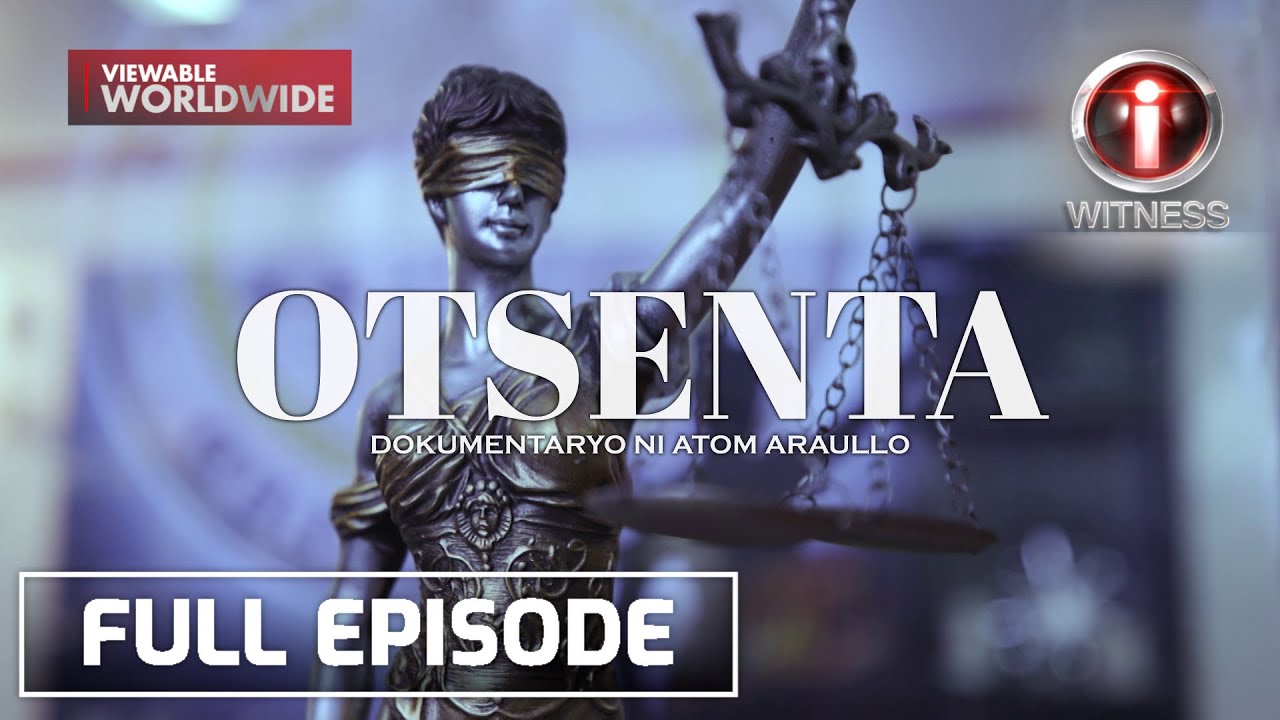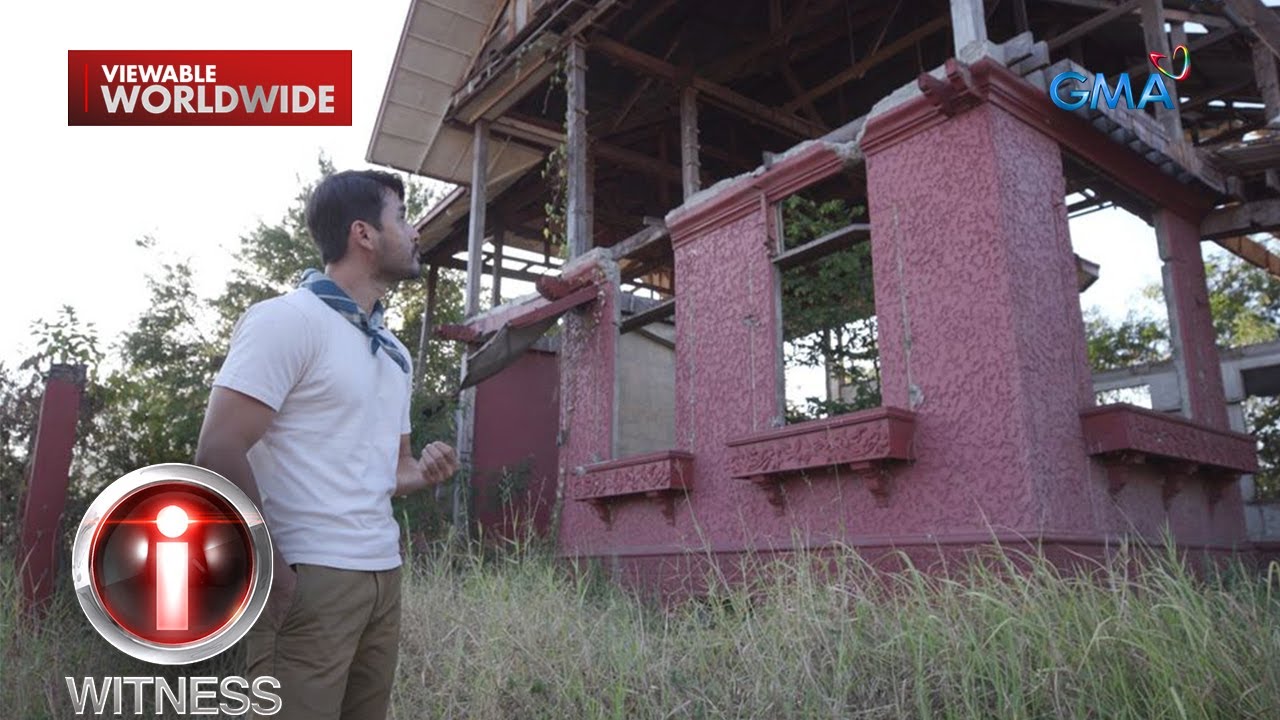Battle of Manila | 1945 | Liberation of the Philippines by the US Army | Documentary
Summary
TLDRThis script recounts the harrowing experiences of American and Filipino soldiers during the Battle of Manila in World War II. It details the rapid advance towards Manila, the unexpected lack of initial resistance, and the subsequent urban combat that led to the liberation of Santo Tomas. The narrative captures the emotional reunion of internees with their families, the tragic shelling of non-military targets, and the fierce street fighting that characterized the battle. It concludes with the recapture of Corregidor, symbolizing the end of the conflict and the restoration of freedom to the Philippines.
Takeaways
- 🇺🇸 The script recounts the liberation of Santo Tomas and Manila during World War II by American forces.
- 🏖️ The operation began with landings at Lingayen Gulf, which was initially met with less resistance than anticipated.
- ✈️ Air Force and Navy planes played a crucial role in softening up enemy positions before ground troops advanced.
- 📜 A Japanese field order discovered by the GIs indicated the execution of Filipinos found on the battlefield.
- 🏥 The liberation of Santo Tomas University led to the rescue of hundreds of American and allied internees who had been starved and mistreated.
- 🎉 The internees' liberation was celebrated, but the joy was short-lived as they came under enemy fire at Santo Tomas.
- 🔥 The enemy's strategy included burning parts of Manila as they retreated, causing significant destruction.
- 🛡️ The Battle of Manila saw intense street and building-to-building combat, with American forces adapting to urban warfare.
- 🏰 The final stages of the battle involved a crossing of the Pasig River and the assault on the walled city of Intramuros.
- 🎖️ General MacArthur's return to the Philippines was marked by a flag-raising ceremony on Corregidor, symbolizing the end of the Battle of Manila.
Q & A
What was the significance of the American forces arriving at Santo Tomas during World War II?
-The arrival of the American forces at Santo Tomas marked the liberation of hundreds of American and allied internees who had been held captive for three years without seeing a free American or having a square meal.
How did the American forces initially perceive the resistance they would face upon landing at Lingayen Gulf?
-The American forces expected to face strong resistance right away upon landing at Lingayen Gulf, but they were surprised to find that the initial resistance was lighter than anticipated.
What was the role of the Air Force and Navy in supporting the ground troops during the advance towards Manila?
-The Air Force and Navy planes were used to soften up the way for the ground troops, providing air support by attacking enemy positions ahead of the advancing forces.
Why did the American forces step up their pace towards Manila?
-The American forces increased their pace towards Manila after receiving reports from Filipino guerrillas that American and allied prisoners were starving and being mistreated in the city.
What was the unexpected discovery made by one of the GIs that provided insight into the enemy's intentions?
-An innocent-looking piece of paper picked up by one of the GIs turned out to be a Japanese field order stating that all Filipinos found on the field of battle were subject to immediate execution.
How did the American forces first enter Manila, and what was their initial impression?
-The American forces first entered Manila by establishing contact with the enemy in the outskirts and then moving into the city. Their initial impression was that they were tourists, as they faced little resistance at first.
What was the significance of Rizal Stadium in the context of the Battle of Manila?
-Rizal Stadium, usually a place for baseball games, became a site of fierce battle where the enemy had fortified themselves under the stands, leading to a significant confrontation with the American forces.
What was the condition of the internees at Santo Tomas when they were liberated?
-The internees at Santo Tomas were found in a pathetic state, having endured three years of captivity without proper food or care, but they were fortunate to have been attended to by captured US Army and Navy nurses during their captivity.
How did the internees react to the news of their liberation, and what did they receive as a result?
-The internees were overjoyed at the news of their liberation, celebrating with the arrival of toys and other items they had been deprived of during their captivity.
What was the strategic importance of securing Corregidor in relation to the Battle of Manila?
-Securing Corregidor was crucial as it was a key island fortress that controlled the entrance to Manila Bay. The American forces planned an aerial invasion of Corregidor to coordinate with an amphibious landing to ensure the city of Manila could be secured.
How did General MacArthur play a role in the Battle of Manila, and what was his historical connection to the Philippines?
-General MacArthur supervised the direction of the battle, and his historical connection to the Philippines was significant, as he had been forced to leave the islands in 1942 and had vowed to return, which he did during the battle, overseeing operations and ultimately participating in the flag-raising ceremony on Corregidor.
Outlines

此内容仅限付费用户访问。 请升级后访问。
立即升级Mindmap

此内容仅限付费用户访问。 请升级后访问。
立即升级Keywords

此内容仅限付费用户访问。 请升级后访问。
立即升级Highlights

此内容仅限付费用户访问。 请升级后访问。
立即升级Transcripts

此内容仅限付费用户访问。 请升级后访问。
立即升级浏览更多相关视频

HD Historic Archival Stock Footage WWII Liberation of Manila

The Real Story of WW2 Prisoners Trapped Inside a Cannibal Camp

'Otsenta,' dokumentaryo ni Atom Araullo | I-Witness

Pagsakop Ng Japan Sa Pilipinas WWII (1941–1945) | Wars in the Philippines

TOKYO HANCUR LEBUR! Pertempuran Sengit di Iwo Jima & Okinawa - Series Perang Pasifik Eps. 18

Ang pagsakop at pag-abuso ng mga Hapon sa mga Pilipino noong World War II | I-Witness
5.0 / 5 (0 votes)
